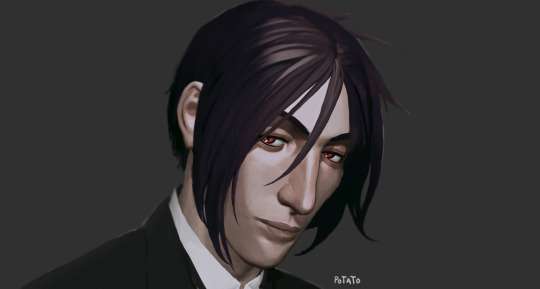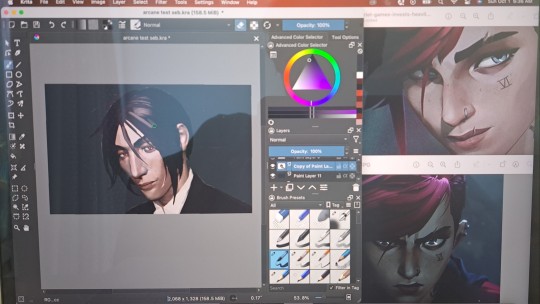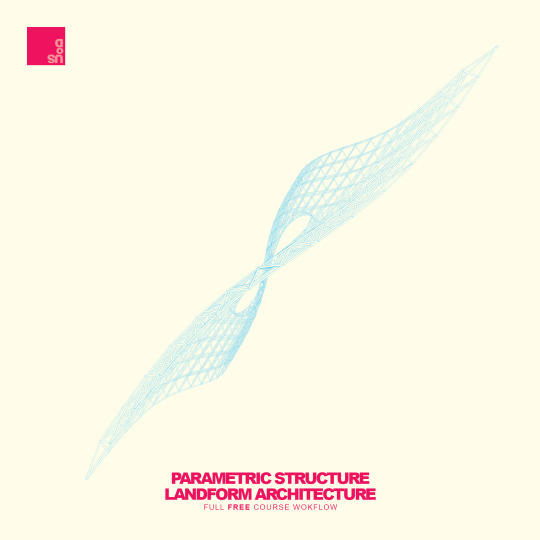#3D structure
Explore tagged Tumblr posts
Video
youtube
Human Body 3D Xray While Running #running #3danimation #3dmodeling #shorts
#youtube#3d#3d structure#human body structure#3d body structure#running man 3d structure#3d animation#body 3d animation#3d running animation fitnessmantram
0 notes
Text

Nathan Smith
41 notes
·
View notes
Text
I stand by the belief that in the chance that Hello from the Hallwoods ever gets a visual adaptation it has to either be a comic or an animated show
#If it gets a show I’m imagining it being in 3D/cgi animation (HEAR ME OUT) but looking a bit like The Wingfeather Saga#Where it’s a bit chunky but pulled of in a way that makes it look stylised instead of cheap#And I feel like the episodes would be structured a bit like episodes of the twilight zone#Idk I have a vision in my mind but I feel like an adaptation of any fiction podcast has the potential to be an utter shit show#hfth#hello from the hallowoods
22 notes
·
View notes
Text

mimirender for thy troubles
#fnaf#fnaf fanart#my art#my 3d art#fnaf mimic#fnaf the mimic#fnaf ruin#suggestive#idk man he is on a bed-adjacent structure holding up its leg#so it is a wee tad amorous ...
13 notes
·
View notes
Text
sup yalllll hope you're all cool. things are crazy rn but. great too. finally got some free time and what do I do.....
I'm sorry to everyone that won't find this interesting, I did this like 100% for myself. this week I saw a presentation on the show Arcane, and I immediately rewatched it afterwards because after 2 years I remembered how much I love it. especially the art style... I'm sorry but I've always wanted to try it, and with my favorite characters even better. so good thing I had a Sebastian head sculpt lying around which I use for reference. 11 hours later.....


the head sculpt was bald and naked so I had to imagine the rest, but I think that kinda lends itself to the style. I was too impatient to wait for the 3d animation course I will be taking next year if not sooner, so I just painted over the model. and thankfully, I'm happy to say that I'm actually pleased. it's not perfect, but I got what I wanted •v• I can imagine more clearly.
but the most important thing to know is Happy October!!! have a lovely day


#admittedly. something in the painting process happened where it no longer was the exact face I wanted. that's the complicated thing about#shading... the shadows and lights can really change one's facial structure#but as long as i didnt mess up the already stable proportions... I don't think it should matter too much laterrrr#so ya sorry no cool doodle or story. just my brain barfing colors#it was a really fun exercise actually. love trying to replicate styles#kuroshitsuji fanart#fanart#sebastian michaelis#digital art#also sorry if his hair looks brown basically messed up the lighting pfft#kuroshitsuji#black butler#thanks for eating my post tumblr. and so that is that#3d sculpting#3d model#3d art#arcane
118 notes
·
View notes
Text
Happy to share, ARTEMIS is now published at NAR!
https://doi.org/10.1093/nar/gkae758
ARTEMIS is a new tool for RNA/DNA 3D structure superposition and structure-based sequence alignment. Our benchmarks show that it outperforms the existing tools for both sequentially-ordered and topology-independent alignment.
ARTEMIS allowed us to identify an intriguing structural similarity between Lysine and M-box riboswitches (see the figure) and to describe the minor-groove/minor-groove helical packing motif. ARTEMIS is the first tool able to report several alternative superpositions, which makes it suitable for structural motif identification tasks.
ARTEMIS is available at GitHub: https://github.com/david-bogdan-r/ARTEMIS
Thanks to Davyd Bohdan, Janusz Bujnicki, & International Institute of Molecular and Cell Biology in Warsaw!

#rna#dna#3d#science#bioinformatics#structuralbiology#research#innovation#structure#topology#sequence#superposition#alignment
8 notes
·
View notes
Text


"Dreamland" by Red-Null.
73 notes
·
View notes
Text
ARTIST HERE !!!
Hey all tumblers hope you all doing well ! just finished something now i will be reading some manhwa yayyyyyyyyyyyyy!




also for commission's you guys can dm me ! i have slots left so fill in asap and get yourself a treat (0^0)
#art#digital art#commission#artists on tumblr#illustration#spread love#my art#art commission#love#rigging#3d art#2d animation#3d#animation#structure#building#installation#game design#game development#hard work#3d model#3d artwork#build mode#comm#finished commission#commission art#dm me#dm me if you want
4 notes
·
View notes
Text

Isiope C_25 2024 - Jonas Schmidt
17 notes
·
View notes
Text
#civilengineeing#conception#construction#design#formation#homme#building#achitectue#apartment#architectural#infrastructure#work#management#immobilier#structure#modélisation#3D#2D#béton#concrete#stee
3 notes
·
View notes
Text
Evolution of Structural Steel Detailing: From 2D CAD to 3D BIM

BIM is a paramount technology for architects, engineers and other professionals for various construction aspects including structural steel detailing process. With a 3D BIM model, professionals can ensure the efficiency and accuracy of a solid structure framework. Discover how CAD to BIM has revolutionized the process.
#cad to bim#cad to bim services#cad to bim conversion#2d to 3d bim conversion#2d to 3d modeling#structural steel detailing#structural 3d modeling#3d bim modeling#cad service provider#bim consulting companies
2 notes
·
View notes
Text

Working on making a Ball Python🐍
#clay art#clay#structure#clay sculpting#sculpture#sculptor#3d sculpting#artists on tumblr#artwork#art#small artist#snake#reptile#ball python
24 notes
·
View notes
Text
Okay so I watched the trailer for Snow White, just out of curiosity (I don’t intend to watch the movie I’m not giving them money for that), and I can very much concur that the colour grading is terrible, none of the backgrounds look real, and the dwarves are awful CGI abominations.
However. The Evil Queen’s outfit… Kind of brilliant. I give whoever designed that one a pat on the back, and only them specifically.
#I think it’s a good translation of the animated version to a live action medium#and when it moves it has a nice glass sound to it that I think gives it some extra flair and texture#that is very much needed in live action compared to 2d#I mean. it’s kind of in the medium.#so basically#nothing else in this film was worth it#except for *this* outfit. it is the only win.#seriously though snow white’s dress by comparison is *very* flat#this outfit almost kind of highlights how flat it is#it feels like a child’s costume just because it’s very obviously a direct translation of something from 2d into 3d#that was specifically meant for 2d#it really needed some equivalent to the gems to feel more. Y’know. real.#give it some texture. turn the colours down. give it more structure and layering.#there are many options here and you took none of them
2 notes
·
View notes
Text
i’m high and about an hour ago i felt like i was at the bottom of one of these

it ruled
6 notes
·
View notes
Text
not to be continuously stereotypical representation of the nonbinary bisexual community but I am once again working on a fursuit head

#guess the animal#I bought a 3d printed base#previously I've only used foam#idk how to attach the nose???#I guess some serious hardcore glue?#foam is easier#but this is really neat#it's structural without having a ton of thick foam#and the nose is also 3d printed
3 notes
·
View notes
Text

EASY PARAMETRIC ROOF STRUCTURE FULL COURSE TUTORIAL | Landform Architecture | Rhino3d | Roof Details
This tutorial course covers a basic parametric landform roof structure design. This courses uses a very basic parameter based on a grasshopper plug-in (see link below). We also cover basic roof details like Insulation, Drainage Boards, Membranes, and Edge Details.
#watercolor#watercolorarchitecture#architecture#architecturediagrams#diagrams#architecturedrawing#rhino3d#3d#archtutorial#adobeillustrator#vectorart#rendering#infographic#graphicdesign#parametric#parametricarchitecture#structure
15 notes
·
View notes